Andrew Stevovich: Beyond the Figure 46335
Fifty years of “essential” painting by the Austrian-born American figurative painter (1948).
Andrew Stevovich is a deceptive painter. His figures flattened, his interest is focused on the line that defines them. He rarely concedes to conventional tools like shading to express volume. The figures’inner states seem equally reticent. The repetitiveness of their forms seem to be decorative intent. Their apparent stillness has the same effect. We think we have identified a vocabulary of form, and having done so, conclude that is at the heart of his work. And then we move on. But should we? Stevovich’s work is complex and layered. His figures give up their secrets slyly.
Deeply rooted in the European painting tradition, Stevovich uses all of the tools developed over the last several centuries to animate his subjects. He borrows deeply from Renaissance painting. He is attuned to the sensibility of the 19th century and to Americans, pre-and post-war. These are the building blocks of his visual vocabulary. However, he is not an artist of historical quotation. All of these influences pass through the lens of his disciplined restraint to remarkable effect. Layers of activity move toward the surface of his paintings and are captured in a kind of stop motion, it is what makes even his busiest paintings seem so silent. He has developed an extraordinary collection of tools to animate his work and the figures in it. But he never relinquishes his severe constraint of them. This contradiction is purposeful and is at the core of understanding his work.
Beyond the Figure examines 120 of the artist’s work painted over a period of 50 years. While it shows the full range of his development, it does so looking at the dominant themes and typologies of his work rather than charting it chronologically. Stevovich has created a world, but he is not a realist. While people are his subject, line, color and form are his enduring interests.
Andrew Stevovich is a deceptive painter. His figures flattened, his interest is focused on the line that defines them. He rarely concedes to conventional tools like shading to express volume. The figures’inner states seem equally reticent. The repetitiveness of their forms seem to be decorative intent. Their apparent stillness has the same effect. We think we have identified a vocabulary of form, and having done so, conclude that is at the heart of his work. And then we move on. But should we? Stevovich’s work is complex and layered. His figures give up their secrets slyly.
Deeply rooted in the European painting tradition, Stevovich uses all of the tools developed over the last several centuries to animate his subjects. He borrows deeply from Renaissance painting. He is attuned to the sensibility of the 19th century and to Americans, pre-and post-war. These are the building blocks of his visual vocabulary. However, he is not an artist of historical quotation. All of these influences pass through the lens of his disciplined restraint to remarkable effect. Layers of activity move toward the surface of his paintings and are captured in a kind of stop motion, it is what makes even his busiest paintings seem so silent. He has developed an extraordinary collection of tools to animate his work and the figures in it. But he never relinquishes his severe constraint of them. This contradiction is purposeful and is at the core of understanding his work.
Beyond the Figure examines 120 of the artist’s work painted over a period of 50 years. While it shows the full range of his development, it does so looking at the dominant themes and typologies of his work rather than charting it chronologically. Stevovich has created a world, but he is not a realist. While people are his subject, line, color and form are his enduring interests.
П'ятдесят років «сутнісного» живопису американського художника-фігураліста австрійського походження (1948).
Ендрю Стефович - оманливий живописець. Його фігури пласкі, його інтерес зосереджений на лінії, яка їх визначає. Він рідко вдається до традиційних інструментів, таких як штрихування для вираження об'єму. Внутрішні стани фігур здаються настільки ж стриманими. Повторюваність їхніх форм здається декоративним наміром. Їх позірна нерухомість має той самий ефект. Нам здається, що ми визначили словник форми, і, зробивши це, робимо висновок, що це лежить в основі його творчості. І тоді ми рухаємося далі. Але чи варто це робити? Роботи Стефовича складні та багатошарові. Його фігури лукаво видають свої таємниці.
Глибоко вкорінений у європейську живописну традицію, Стефович використовує всі інструменти, розроблені за останні кілька століть, щоб оживити свої предмети. Він глибоко запозичує з ренесансного живопису. Він налаштований на чуттєвість 19-го століття та американців, довоєнних і післявоєнних. Це будівельні блоки його візуального словника. Однак він не є художником історичних цитат. Всі ці впливи проходять крізь призму його дисциплінованої стриманості з дивовижним ефектом. Шари активності рухаються до поверхні його картин і фіксуються у своєрідному стоп-моушн, це те, що робить навіть його найактивніші картини такими тихими. Він розробив надзвичайну колекцію інструментів, щоб оживляти свої роботи та фігури на них. Але він ніколи не відмовляється від їх суворого обмеження. Це протиріччя є цілеспрямованим і лежить в основі розуміння його творчості.
Виставка «По той бік фігури» розглядає 120 робіт художника, написаних протягом 50 років. Хоча він показує повний спектр його розвитку, він робить це, дивлячись на домінуючі теми і типології його робіт, а не в хронологічній послідовності. Стефович створив світ, але він не реаліст. Хоча люди є його темою, лінія, колір і форма є його постійними інтересами.
- АвторMichael Botwinick
- КатегоріяХобі та захоплення
- МоваАнглійська
- Рік2020
- Сторінок224
- Формат280х310 мм
- ОбкладинкаТверда
- Тип паперуОфсетний
- ІлюстраціїКольорові
- ЖанрКультура та мистецтвоІсторія мистецтвОбразотворче мистецтво
- Вік16+
2506 ₴
Відділення Нова Пошта80 ₴
Поштомат Нова Пошта80 ₴
Кур’єр Нова Пошта120 ₴
Відділення УкрПошта50 ₴
Кур’єр за адресою90 ₴

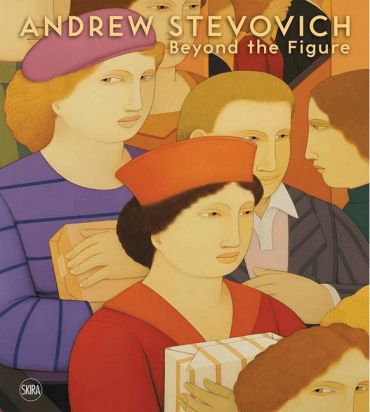

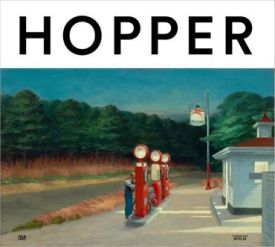
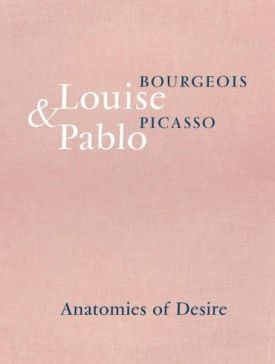

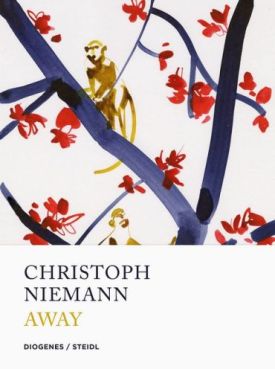
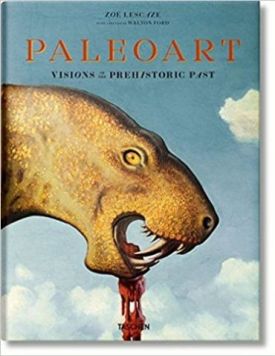
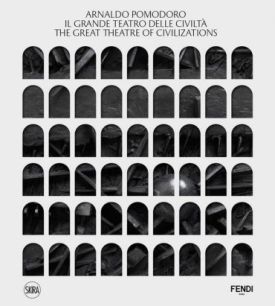



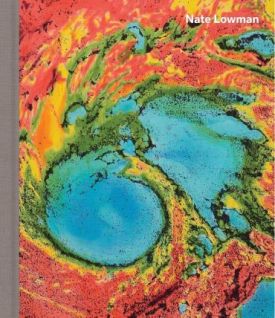



допоможіть тим, хто ще не читав